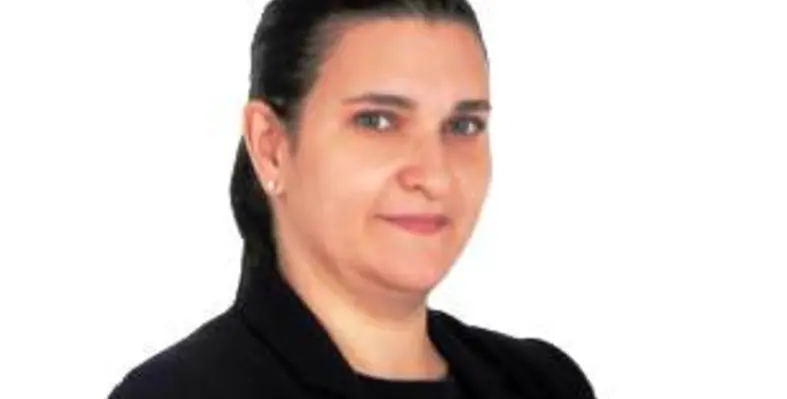A major shift has taken place within the coatings industry over recent years ? driven by the adoption of new technologies aimed at improving paint performance as well as sustainability and health
Forty years ago, most of the ingredients found in the market were conventional, solvent-based formulations and water-borne (latex) paints, mainly used in architectural applications, accounted for about 30?35 per cent of the total share of available technologies. That is changing dramatically, and the Middle East is no exception.
Governments and regulators around the world, including the Middle East, are increasingly focused on setting up standards and regulations to tackle growing air pollution and other health concerns ? both indoor and outdoor ? as well as other environmental issues such as energy consumption, solvent usage, and emissions of volatile organic compounds. This is leading to more widespread adoption of water-borne technologies not just for domestic use, but in the industrial paint arena too.
Dow Coating Materials technologies and innovations are designed to help paints and coatings manufacturers develop more sustainable, environmentally responsible solutions. It works in partnership with its customers to create end-use products that are faster and easier to use, resist stains, enhance air quality, offer longer-lasting protection, and use fewer natural resources.
The company?s manufacturing site in Jebel Ali provides customers in the Middle East with a local supply source for the most advanced and sustainable coating materials, in addition to a technical application center staffed by a team of formulation experts. Dow?s regional experts have developed binders that enable ultra-low-VOC formulations, with no added surfactants, for architectural markets, for example. For industrial applications, Dow is pushing water-borne technologies to new levels and introducing entirely new high-performance chemistry families.
Innovative technologies such as FORMASHIELD? can turn regular paint into a multi-functional coating that protects and beautifies interior substrates while helping to improve indoor air quality. FORMASHIELD? Technology is designed to remove formaldehyde from indoor air when it makes contact with painted walls, by extracting carbon and hydrogen and converting them into harmless water vapor. Formaldehyde breakdown is irreversible, and the removal permanent. PRIMALTMSF-208ER Binder based on this technology offers irreversible formaldehyde removal from ambient air in homes and commercial buildings, and is available in the Middle East.
Another example is EVOQUE? Binder, designed to help improve film performance while lowering levels of titanium dioxide, an energy-intensive raw material with a significant impact on the cost and carbon footprint of paint. In addition Dow?s FASTRACK? Quick-Dry Technology can help formulators, specifiers and applicators take big steps toward a smaller carbon footprint with high-performance water-borne traffic paint: road markings produced with FASTRACK? binders are better for the environment than solvent-borne alternatives as they have lower emissions of volatile organic compounds, improving also safety for applicators working on the roads.
The coatings industry in the Middle East has made excellent progress in the last few years ? with technologies that are improving efficiency, without compromising on stringent local sustainability and green building agendas. Now is the time for industry leaders to accelerate the path towards sustainable development, the opportunity for progress in the future lies beyond traditional business. In the near future, creating partnerships up and downstream will be instrumental in terms of guiding the course of progressive raw material technology development in order to reduce the downstream environmental and health impacts of coated products.
Industry leaders also need to evaluate the environmental impact of current and future formulations and find objective ways of tracking sustainable development. Existing and upcoming regulations and measures will need to be applied rigorously and extended to address coating lifecycles.
Maintaining indoor air quality (IAQ) is also a growing concern across the Middle East, as people spend more time indoors and new insulation/air sealing methods are used to improve energy efficiency. Tightening the building envelope is an effective upgrade that lowers heating and cooling costs ? resulting in savings that are generated by restricting air exchange and heat transfer. However, those can have unintended consequences on indoor air quality, including a build-up of formaldehyde emissions emanating from common household items. Exposure to formaldehyde is known to cause eye, nose, and throat irritation; wheezing and coughing; fatigue; skin rash; and severe allergic reactions.
Indoor air quality is a complex issue involving interactions among pollutants (both particles and VOCs), their sources, ventilation, and human activities. Dow sees concerns about IAQ as part of a growing trend that lies at the intersection of two global megatrends: energy conservation and health awareness. Technologies from Dow Coating Materials ? based on binders with abating functionality ? are well positioned to have a positive impact on IAQ by targeting specific volatiles that are irreversibly transformed into harmless compounds. Tackling IAQ with such technology is an area we really expect to expand in the Middle East as awareness about the subject grows.
? By Simone El Henoud





